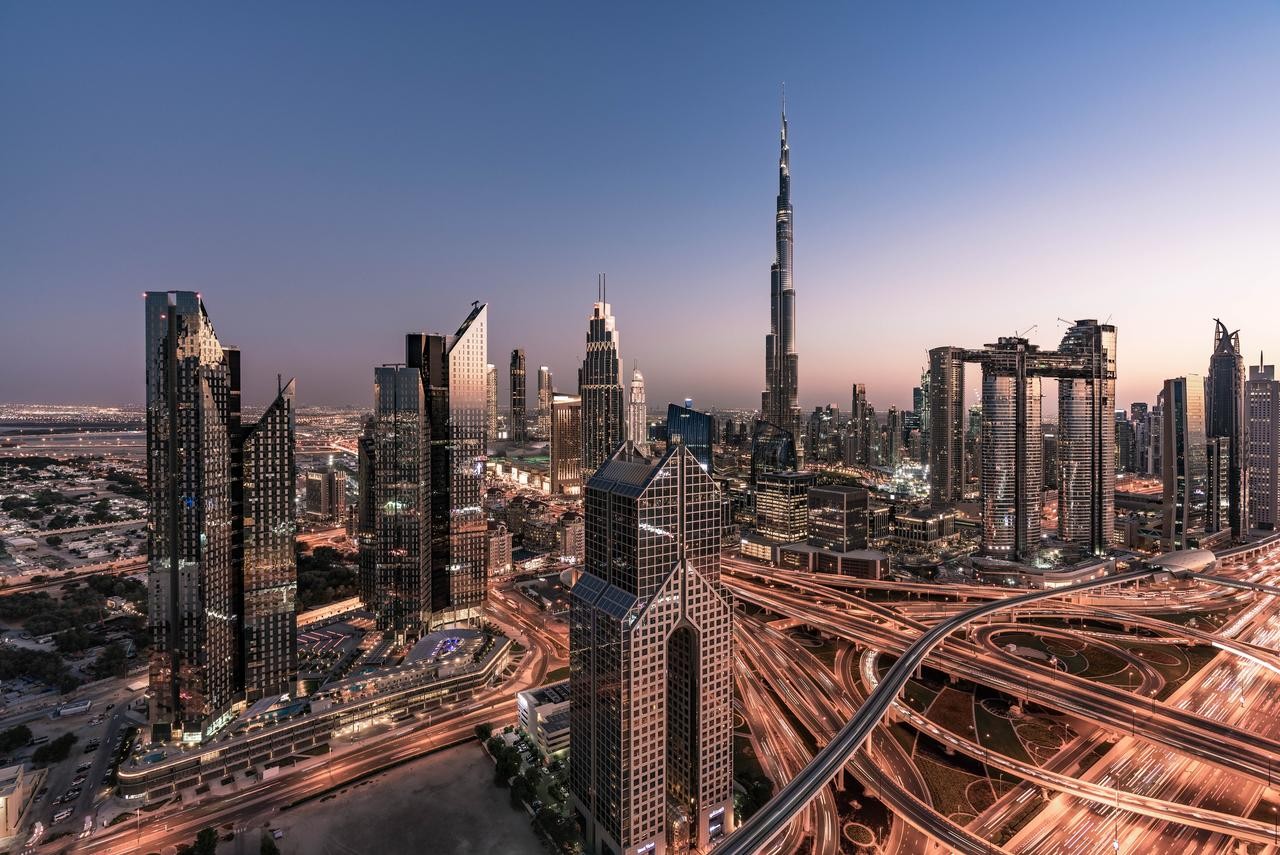This article was originally published in Arabian Gulf Business Insight on August 28, 2025.
In the Middle East, many regional governments are investing heavily in expanding infrastructure to accommodate a slew of new mobility services which have the potential to reshape how residents travel while also addressing a critical problem: congestion.
The region’s mobility market is set to rise from $11 billion in 2023 to $18 billion by 2035, according to recent research by the Oliver Wyman Forum. The 4% annual growth rate is fueled by maturing technologies, rapid urbanization and an eager consumer base.
Three mobility services in particular — ride-hailing, advanced driver-assistance systems, and micromobility — stand out for their growth potential and the positive impact they can have in Middle East cities which rely heavily on motor vehicles. In 2022, cars accounted for 82% of all kilometers traveled in Dubai, for example.
While many city governments are expanding road and public transit infrastructure to provide alternatives to cars, these three services make traffic management more efficient and serve as last-mile connectors between a transit station and a traveler's destination.
Boost in ride-hailing activity reduces congestion in Middle East cities
Ride-hailing — private vehicles with drivers on an app like Uber or Careem — can reduce the number of personal vehicles causing congestion, particularly if travelers share rides or the vehicles are autonomous. In all, ride-hailing services in the Middle East are expected to grow from $8 billion in revenues in 2023 to $10.2 billion by 2035.
Oman’s transport regulator, for example, facilitated an agreement in April 2025 between a local ride-hail provider and a tech firm as part of a plan to upgrade digital infrastructure and grow the taxi market. That same tech firm partnered with Abu Dhabi Mobility to launch a new taxi booking service in September 2024. Elsewhere, a partnership between a Dubai taxi company and an e-hailing provider aims, in part, to reduce the need to use a private car.
In Dubai, ride-hailing is reducing congestion. In January 2025, Dubai’s Roads and Transport Authority said there were 7,600 fewer regular vehicles on the roads daily in 2024 thanks to the deployment of e-hail taxis during peak hours.
Middle East sees surge in demand for autonomous car features
Autonomous features like steering and acceleration systems that can make informed decisions are popular in much of the Middle East. Roughly 72% of consumers in the UAE and Saudi Arabia said they would pay a higher price for an autonomous car, according to the Oliver Wyman Forum’s November 2024 consumer survey — significantly greater than the 61% global average.
And 91% of consumers in the UAE and Saudi Arabia said they would switch car brands in favor of better in-car advanced driver assistance features, according to the survey, compared with 82%of global respondents.
Governments are investing in micromobility across the Middle East
Personal and shared bikes and scooters can also reduce road congestion, particularly by serving commuters between transit hubs and final destinations. One provider said that bike-share riders in Dubai took more than 2.3 million trips — a 66% increase from total trips in 2022 — and noted that 76% of trips taken were for first- and last-mile trips.
The micromobility market is relatively small in the Middle East but shows potential for growth thanks to enthusiastic consumers and government infrastructure investments. The Oliver Wyman Forum forecasts the bike-sharing market will increase from $87 million in revenues in 2023 to $272 million in 2035, a 10% annual growth rate, while scooter-sharing is forecast to increase 6% annually to $101 million by 2035.
Some governments are investing to make micromobility more attractive for residents. Dubai’s 2040 plan, for example, plans for a “20-minute city” in which residents can reach their destinations via micromobility, while also planning for a roughly 58-mile, climate-controlled cycling highway called The Loop. Elsewhere, Abu Dhabi announced in April 2025 that new cycling paths now bring the city’s total dedicated track length to more than 1,200 kilometers.
Gulf cities invest in public transit to reduce urban congestion
Many Middle Eastern governments are investing heavily in public transport as commuters consider alternatives to cars. Public transport, in combination with other mobility modes and congestion management systems, can give many cities a holistic and efficient mobility network. Riyadh’s King Abdulaziz Project, for example, began in 2024 with plans to connect six metro lines, 85 metro stations, 80 bus routes, and 2,860 bus stops. Elsewhere, Abu Dhabi is in an advanced stage to begin building a light-rail transit line.
Some cities, like Riyadh and Dubai, have pursued traffic management systems which can alter traffic signals to serve real-time traffic conditions or use AI to analyze traffic camera data to alert city operations teams to road hazards.
Other measures, like toll roads and structured parking systems, can help reduce traffic. In Dubai tolls have improved traffic flow, with its toll operator launching an IPO in 2022. Abu Dhabi has implemented a road toll system at certain bridges entering the city, with plans to expand, while Riyadh is at the early stage of considering potential traffic and congestion measures.
Congestion won’t be solved overnight. But with the Middle East embracing these novel approaches to mobility, it’s clear that help is on the way.
Read the original piece here.

